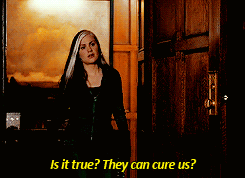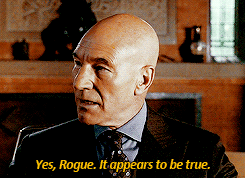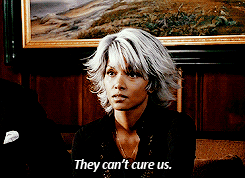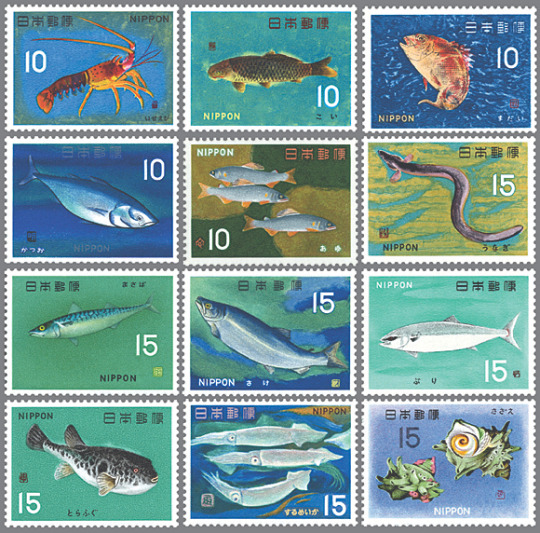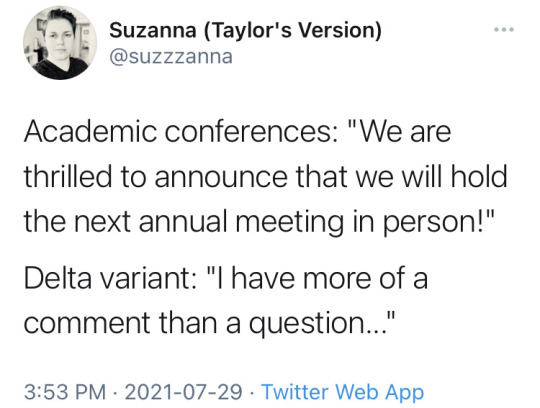Note
Would u ever be willing to do a comforting facts post about roaches? I have a severe phobia of them to the point that I refuse to even say, type, read, or listen to their full name because I am afraid it summons them. I am trying to get better but it is hard
[BECAUSE THIS POST IS TO ADDRESS A SPECIFIC PHOBIA, THERE ARE NO ACTUAL PICTURES OF ROACHES CONTAINED WITHIN. YOU ARE WELCOME.]
sure thing!
this may shock you a bit, but roaches are actually very clean animals!
see, roaches are detritivores that spend their time scavenging rotting material, like a kind of insectoid vulture. and also like vultures, they provide a valuable service to the rest of the ecosystem by removing all that spoiled stuff before it can get into the water supply or make someone sick!

(unfortunately, this isn't QUITE as useful when they're cleaning rotting food out from under your fridge instead of from under rotten logs in a forest understory, but I digress.)
and because they spend all day running around under rotting logs poking at detritus to see if it might be edible, roaches have some pretty amazing adaptations that keep them from spreading all that yuk to you or your loved ones.
specifically, roaches have a one-two-three combo punch or abilities that can destroy or disable nearly any bacteria, even superbugs!
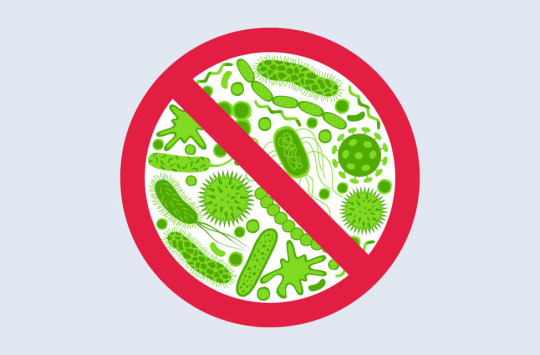
first- roach exoskeletons are actually structurally resistant to bacteria. the little fuckers just can't get a grip, thanks to microstructures in the shell itself, and just slide right off onto the floor like a bunch of stupid little failure babies.

second- roaches produce powerful antibiotics inside their own bodies, which are powerful enough to even deal with nightmare superbugs like MRSA!

and third- WOSH U DANG HANDS. roaches spend a HUGE amount of their day just obsessively grooming their entire bodies like tiny cats, which helps remove any particularly stubborn patches of bacteria and toss them derisively on the floor where they belong.

so while roaches might not exactly be pleasant roommates, they definitely won't make you sick just by hanging around!
and they won't actually lay eggs in your nose either, which is always a plus.
3K notes
·
View notes
Text
my favourite evolutionary trend is very unrelated animals saying “shit, lets go get huge and lumpy in the ocean” on multiple occasions
46K notes
·
View notes
Text









All my bugs!!! Watercolor and embroidery on watercolor paper illustrating Cordyceps fungi.
@one_mad_artist insta
4K notes
·
View notes
Text
From Seed to Market: How NASA brings food to the table
Did you know we help farmers grow some of your favorite fruits, veggies and grains?
Our Earth-observing satellites track rainfall amounts, soil moisture, crop health, and more. On the ground, we partner with agencies and organizations around the world to help farmers use that data to care for their fields.
Here are a few ways we help put food on the table, from planting to harvest.
Planting
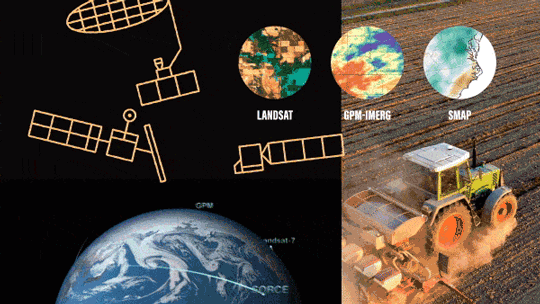
Did you plant seeds in science class to watch them sprout and grow? They all needed water, right? Our data helps farmers “see” how moist the soil is across large fields.
“When you’re not sure when to water your flowers or your garden, you can look at the soil or touch it with your hands. We are sort of ‘feeling’ the soil, sensing how much water is in the soil – from a satellite,
685 kilometers (408 miles) above Earth,” said John Bolten, the associate program manager of water resources for NASA’s Applied Sciences Program.
This spring, we worked with the U.S. Department of Agriculture and George Mason University to release Crop-CASMA, a tool that shows soil moisture and vegetation conditions for the United States. Able to see smaller areas – about the size of a couple of golf courses – the USDA uses Crop-CASMA to help update farmers on their state’s soil moisture, crop health and growing progress.
Growing

It’s dangerous being a seedling.
Heavy spring rains or summer storms can flood fields and drown growing plants. Dry spells and droughts can starve them of nutrients. Insects and hail can damage them. Farmers need to keep a close eye on plants during the spring and summer months. Our data and programs help them do that.

For example, in California, irrigation is essential for agriculture. California’s Central Valley annually produces more than 250 types of crops and is one of the most productive agricultural regions in the country – but it’s dry. Some parts only get 6 inches of rain per year.
To help, Landsat data powers CropManage – an app that tells farmers how long to irrigate their fields, based on soil conditions and evapotranspiration, or how much water plants are releasing into the atmosphere. The warmer and drier the atmosphere, the more plants “sweat” and lose water that needs to be replenished. Knowing how long to irrigate helps farmers conserve water and be more efficient. In years like 2021, intense droughts can make water management especially critical.
Harvest
Leading up to harvest, farmers need to know their expected yields – and profits.
GEOGLAM, or the Group on Earth Observations Global Agricultural Monitoring Initiative, is a partnership between NASA Harvest, USDA’s Foreign Agricultural Service (FAS) and other global agencies to track and report on crop conditions around the world.
USDA FAS is one of the main users of a soil moisture measurement product developed by Bolten and his team at our NASA Goddard Space Flight Center to drive their crop forecasting system.
youtube
If you’re interested in more ways we support agriculture, stay tuned over the next few weeks to learn more about how satellites (and scientists) help put snacks on your table!
Make sure to follow us on Tumblr for your regular dose of space!
921 notes
·
View notes
Photo
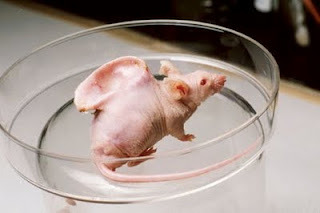
What Happened to the Vacanti Mouse?
A few years ago I wrote an article about the Ear Mouse, based on a famous image of a mouse with a scaffolding shaped like a human ear on their back. I interviewed one of the scientists who created it for about an hour and wrote some of the answers in an interview for Newsweek. I’m so interested in the Vacanti Mouse, it’s the inspiration for my icon (and shirts)
Lately there have been some viral posts and videos saying that the scientists removed the ear from the mouse and he lived out his life happily. That’s not true, but I think that myth may be my fault.
Here’s a clip from my interview with Joseph Vacanti:
What happened to the mouse in the photo?
Many people had children asking those questions, and so what we would say is, we removed the ear, and the mouse lived out a happy, normal life. It was not harmed by our work, so I think that’s the answer that I would like to give. In the world of medicine, there’s a massive controversy about the use of animals. We’re hoping to eliminate the need to use animals because we can now generate human structures and tissues using human cells and we can study them without the use of animals. That’s our long-term goal.
It didn’t actually live happily ever after, did it?
Of course it did. The happy little mouse. That little mouse was very pleased that he could contribute in some way and make people’s lives better.
So, some are reporting that “the mouse lived out a happy, normal life.” Perhaps I should have been clearer, or added an author’s note here. But it’s wrong. The scientists/lab workers killed all the mice. I know this because:
1) The whole statement was very wink-wink-nudge-nudge. Like he’s sure I know he/his employees killed them. “That is the answer I would like to give,” not “that is the truth.”
2) Mice used in experiments generally don’t just live out their lives afterwards, the standard is to kill them. So the Vacanti lab didn’t have to make a choice whether to kill them, it’s just standard. (If you have a problem with the standard, talk to ethics committees, not lab workers who are following the rules those committees set!)
3) The originally published paper, on pages 300-301, specifically states “Removal of the skin envelope from Group 1 specimens after sacrifice…” Sacrifice means being killed.
I know that much fewer people are going to read this post as opposed to the one little quote that is making the internet rounds. But, I wanted to put this out there. The many ear mice/Vacanti mice were killed as a standard procedure.
396 notes
·
View notes
Text
every conference question ever | source: https://www.tiktok.com/@drglaucomflecken
26K notes
·
View notes
Note
what do you mean your family doesnt speak english? how do you comunicate?
i know this may sound surprising for a lot of you, but english isn’t the only language in the world
158K notes
·
View notes
Text
The Immune Response, a painting taken directly from my Immunotherapy notes.

45 notes
·
View notes
Text
I hate that my lizard brain just told me I need to chew that.
every so often I remember that whales molt
I’m not sure why I feel this way, but imo this is the most cursed marine mammal fact I have ever heard
59K notes
·
View notes

